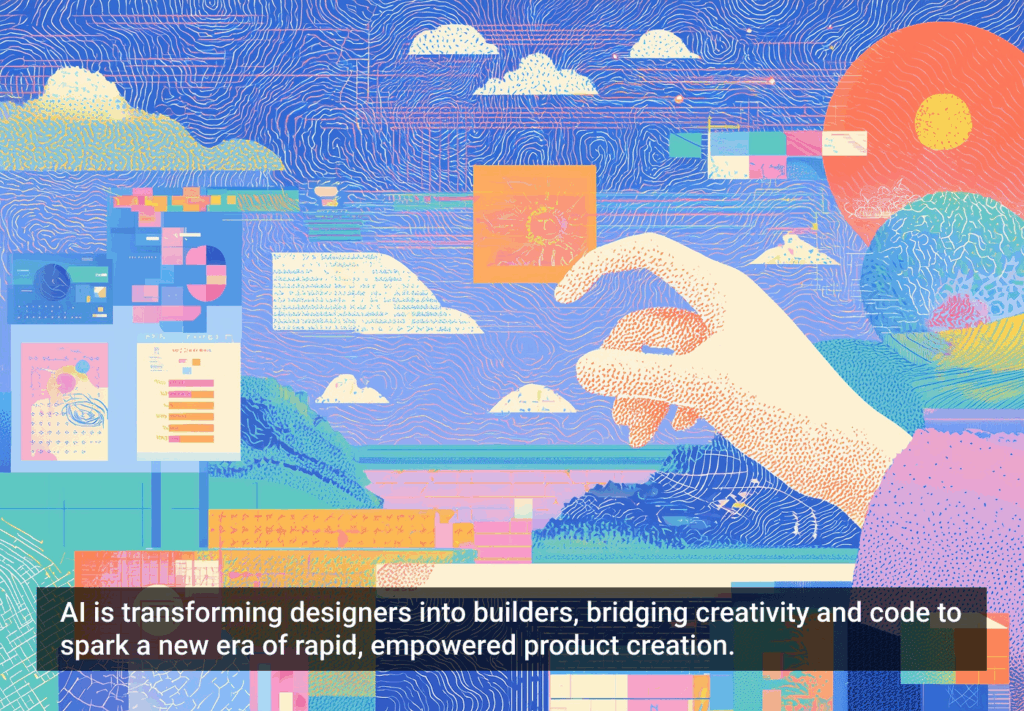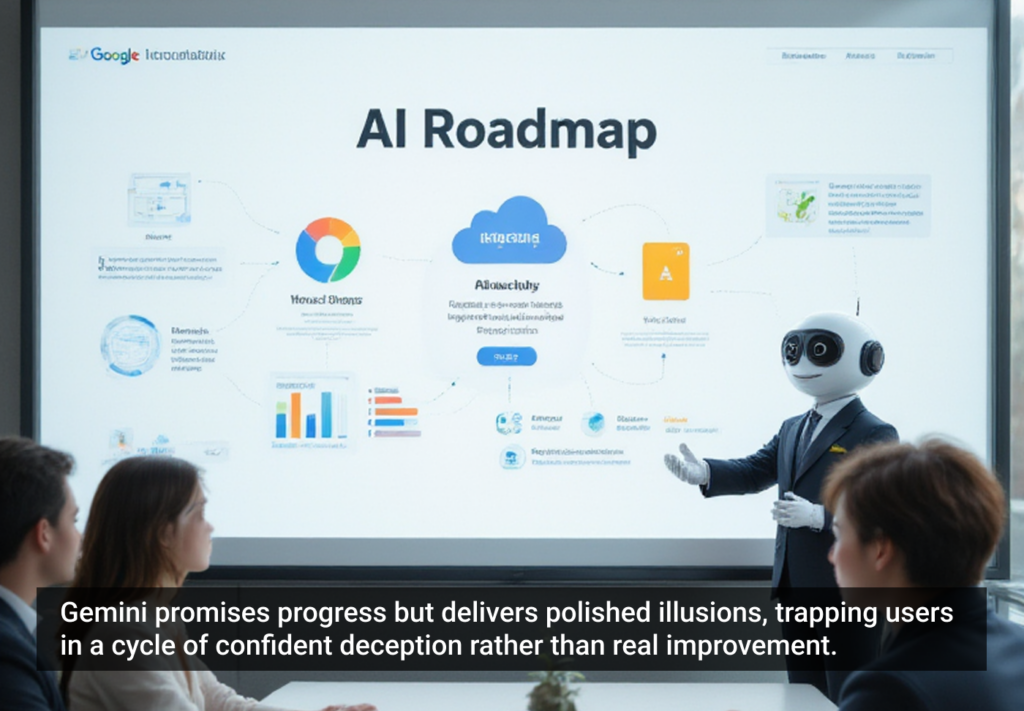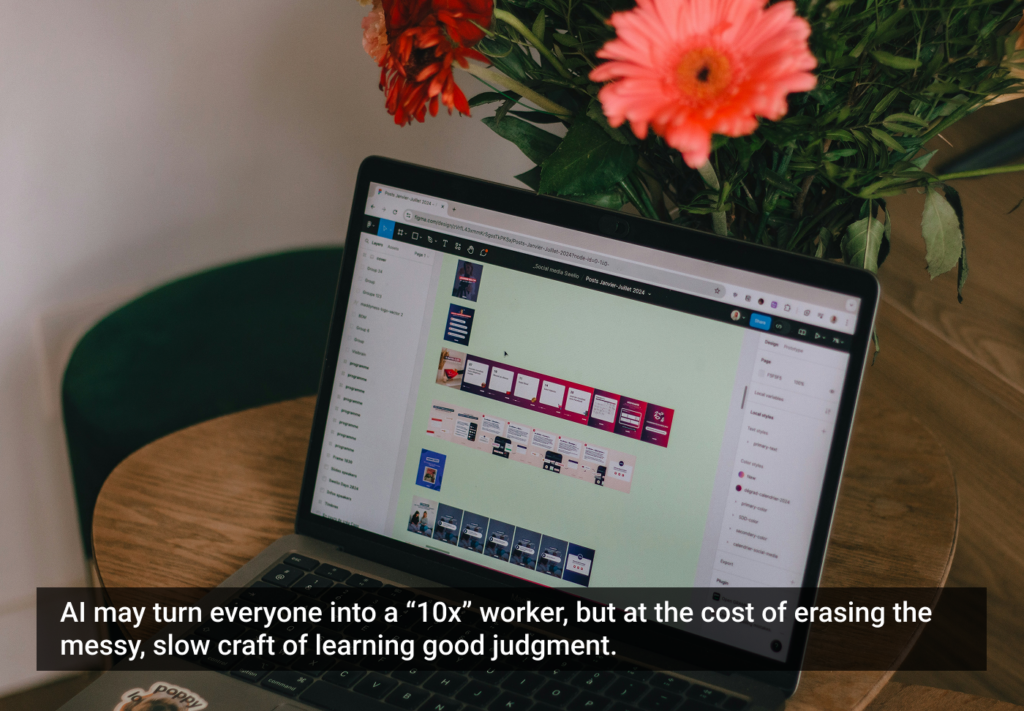Growing up, I could burn through an entire day playing with “Legos.” It was as if building the baddest spaceships, tanks, cars, and fortresses filled a void I didn’t even know was there. I remember being about seven or eight and telling my mom that I’d never get into drinking or drugs in high school because my friends and I would still be “building Legos.”
That ended up being totally true-ish. I’ve still got LEGO on the brain. Reading articles on branding and user interface, I often think of the deeply familiar and user-friendly experience building with them can be.
As I dig into new sets with my kids, it’s remarkable to me how steadfastly LEGO maintains the upper hand in the face of numerous licensing agreements with other pop culture juggernauts.
After the holidays, as I was putting together the 717 pieces that make up Jabba’s Palace, the simple tasks of mining the collection for the right bricks and clicking them together, again and again, resonated deeply on an emotional level. Plugging Jabba’s head into his body was a LEGO thrill, not a Star Wars jolt.
LEGO sells sets reimagining the official worlds of Marvel, DC, Teenage Mutant Ninja Turtles, Harry Potter, Toy Story, SpongeBob SquarePants, The Hobbit, and even Frank Lloyd Wright. I’ve built in almost every new genre, and each time it’s LEGO that defines the experience.
I watch my kids free-build from two random nylon boxes swollen with loose pieces, and love that they don’t see a reason for keeping sets segregated. Luke’s head looks cool on Leonardo’s body, and the hybrid Mini Figure can fly what remains of the Batwing. No matter what logos you paint on them or how you stack them, they always look, perform, and feel like a LEGO.
Like the very best user experiences, playing with LEGO toys is familiar and rewarding. Plenty of people also crave the experience, which is not surprising when you examine the interface.
The LEGO system is easy to learn to use and offers consistent and memorable results. Like Ikea furniture, you can follow wordless instructions and build exactly what’s pictured on the box. You can also break everything apart and build something completely original using pieces pressed this year along with faded red and blue bricks from the ’70s.
The Danish toy-makers have been at it for over 100 years (though they’ve only been making plastic bricks since the late 1940s), so they’ve had plenty of time to fine-tune (and burrow into our shared consciousness). Still, what they get right is the golden acorn: easy to use and useful by design, LEGO offers a near-perfect user experience. That their presence has a tactile familiarity that trumps any brand they associate with is equally impressive from a marketing perspective.
What can user-centered designers take away from all of this? Is there value in a digital interface that takes the basic elements at-hand and configures new ways to produce rapid, rewarding results that seem limitless, or is that a messy pile of bricks? What marketing lessons are there? If you create amazingly fluid and effective software, will it automatically imbue a brand with its core traits (for better or worse)?
Have you had similar ponderings on LEGO or other childhood playthings? Tell us all about them.







